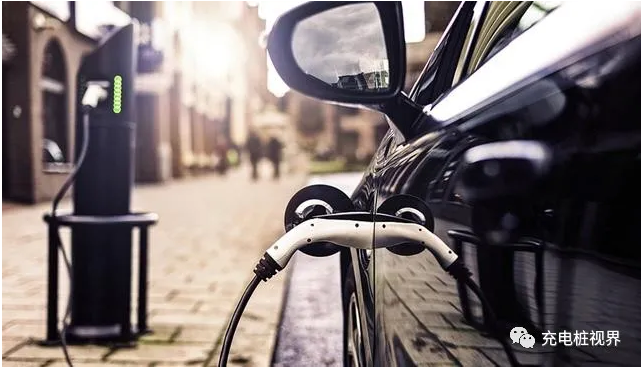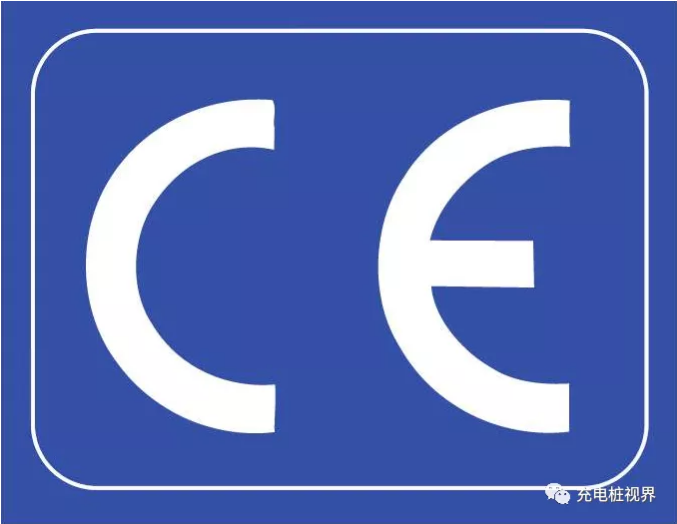Manufacturers and operators of electric vehicle (EV) charging systems and components must maintain high standards in a highly competitive market. A reliable charging system supported by internationally recognized safety and performance certificates is both a key selling point and a key step to prove compliance. .

There are many organizations on the market that provide services and solutions covering the entire EV value chain, including design review, engineering testing, type approval, installation, inspection, market access services, training and consulting, and more importantly, the best product portfolio It can provide full-process services as a one-stop service.
Charging pile CE certification standard IEC61851
This part of IEC61851 applies to on-vehicle and off-vehicle equipment, used to charge electric road vehicles up to 1000V and DC voltage up to 1500V at standard AC power supply voltage (according to IEC60038), and to provide electrical when connected to the power supply network, if required, It can power any other services on the vehicle.
Electric road vehicles (EV) mean all road vehicles, including plug-in hybrid road vehicles (PHEV), which obtain all or part of their energy from the on-board battery.
The aspects covered include the characteristics and operating conditions of the supply device and the connection to the vehicle; the electrical safety of operators and third parties, and the characteristics that the vehicle should comply with in terms of AC/DC EVSE, only when the EV is grounded.
Note 1: Class II vehicles are not defined, but the lack of information on such vehicles means that the requirements for the standard are being considered.
Note 2: This standard also applies to EVSEs with on-site storage capabilities.
The requirements for specific inlets, connectors, plugs and sockets for electric vehicles are contained in IEC62196-1:2003. Standard boards for vehicle connectors and entrances are also under consideration. They will be included in a separate part of the standard IEC62196.
This standard does not cover all safety aspects related to maintenance.
This standard does not apply to trolleybuses, railway vehicles, industrial trucks and vehicles mainly used for off-road use.

Other CE certification tests involving charging piles (stations) or components include the following aspects:
1. Electrical safety test
EMC/EMF, FCC/ISED test
Wireless and IoT testing: such as Wi-Fi, Zigbee, Bluetooth, GDPR, IoT product certification
Functional safety test
Durability test (life cycle test)
Data communication/protocol testing (CHAdeMO, CharIN)
Climate test: IP test, ultraviolet radiation, corrosion test, etc.
Mechanical and material testing: flammability test, glow wire test, etc.
2. International regulations and directives, including:
Low Voltage Directive (LVD) 2014/35/EU
Electromagnetic Compatibility Directive (EMC) 2014/30/EU
Radio Equipment Directive (RED) 2014/53/EU
Charging system: IEC61851/IEC61752/UL2202
Wireless charging system: IEC61980
Protection device/personal protection system: IEC60755/UL2231
glug, socket, connector, socket: IEC62196/UL2251
Cables and liquid-cooled cables: IEC62893 and 2PfGQ2473
·IEC61347-1: 2015 general and safety requirements for lighting control devices
·IEC61347-1:2015 describes the general and safety requirements for lamp controllers, used for DC power supplies up to 250V and/or AC power supplies up to 1000V at 50Hz or 60Hz.
·IEC61347-1: 2015 provides IEC61347-1: 2015RLV, which contains the international standard and its
Redline version, and shows all the changes in the technical content compared with the previous version.
· IEC61347-1:2015 specifies the general and safety requirements for lighting control devices, which are
suitable for DC power supplies up to 250V and/or AC power supplies up to 1000V at 50Hz or 60Hz. The
third edition cancels and replaces the second edition published in 2007, revision 1: 2010 and revision 2:
2012. This version constitutes a technical revision.
This version includes the following major technical changes from the previous version:
b) Additional requirements for creepage distance and clearance:
·Working voltage up to 30kHz working voltage;·Working voltage higher than 30kHz;
·Used for pulse and resonance voltage ignition;
· Used for basic, supplementary and reinforced insulation;
· Used for insulation between circuits;
· For coating or potted plant control devices;
c) Modify the definition of ELV and FELV;
d) Modify the schematic diagram to show different control equipment classification and insulation
requirements;
e) Range expansion;
f) New Annex A: Test to determine whether conductive parts are live parts that may cause electric shock;
g) New Annex M: The creepage distance and clearance of the control device may require higher availability
(resistance to impact category III);
h) New Annex Q: Example of upward calculation;
i) New attachment P: Creepage distance and clearance and isolation distance (DTI) of lamp control device,
prevent pollution by using coating or potting;
Add.:Room703、705/7F, Development Building, Tian An Hi-Teck Ecological Park, No.555 North Road Panyu Avenue, Panyu District, Guangzhou City, 511400, China
Tel.:020-39211670 Fax:020-39211640 E-mail:info@certitek.cn

